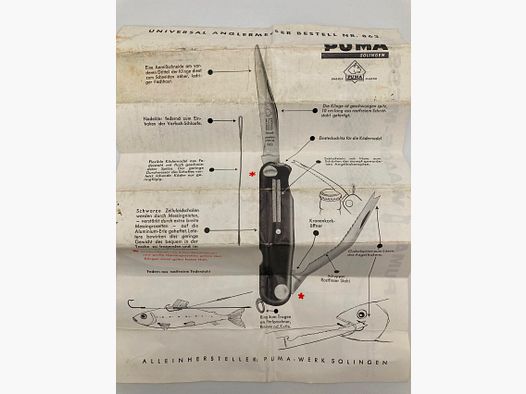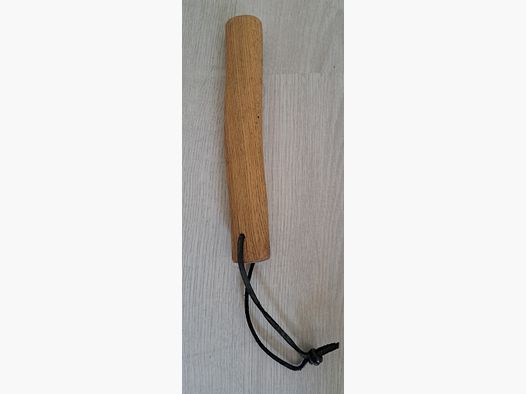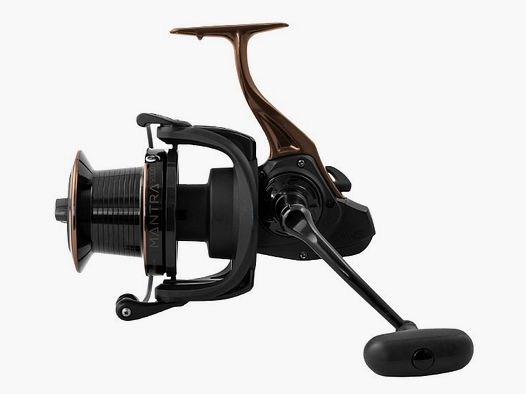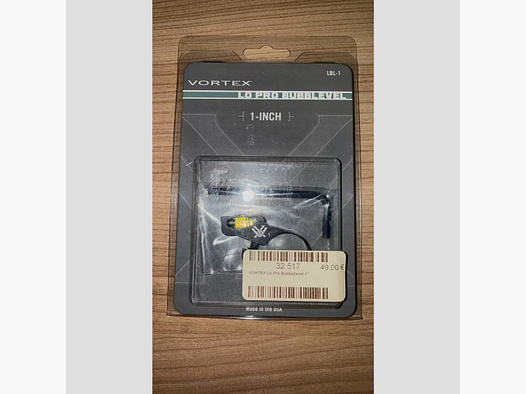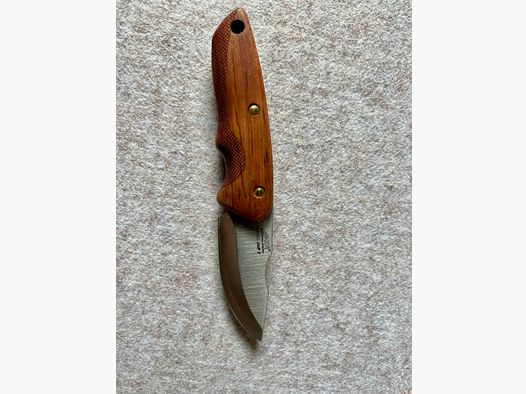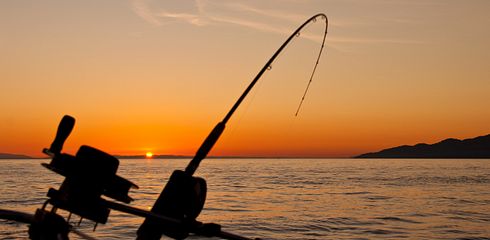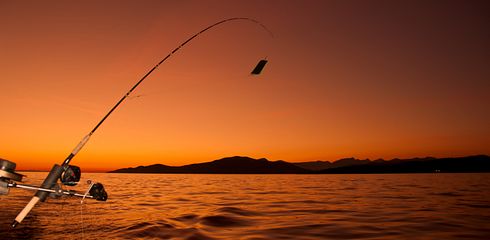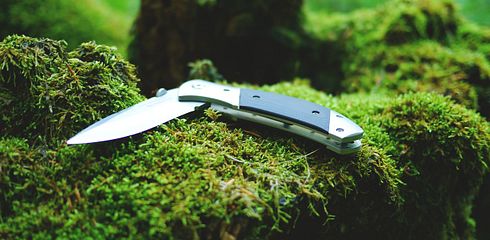Ein entscheidender Bestandteil der Angelausrüstung, der oft übersehen wird, ist die Angelrolle. Obwohl sie auf den ersten Blick einfach erscheinen mag, spielt die Wahl der richtigen Angelrolle eine entscheidende Rolle für den Angelerfolg. In diesem Artikel werden wir die verschiedenen Arten von Angelrollen, ihre Funktionen und einige Tipps zur Auswahl und Pflege behandeln.
Grundlegende Arten von Angelrollen:
1. Stationärrolle:
Die Stationärrolle, auch als Spinnrolle bekannt, ist bei vielen Anglern sehr beliebt. Sie zeichnet sich durch ihre einfache Handhabung und Vielseitigkeit aus. Geeignet für Anfänger und erfahrene Angler gleichermaßen, ermöglicht sie präzise Würfe und ist für verschiedene Angeltechniken geeignet.
2. Multirolle:
Die Multirolle, auch Baitcastrolle genannt, erfordert etwas Übung, bietet jedoch eine höhere Kontrolle über den Köder und die Schnur. Diese Rolle wird oft von erfahrenen Anglern bevorzugt, die Wert auf Präzision und Wurfweite legen, insbesondere beim Raubfischangeln.
3. Fliegenrolle:
Für das Fliegenfischen unerlässlich, ermöglicht die Fliegenrolle das präzise Auswerfen der Fliegenrute. Sie ist so konzipiert, dass sie die Fliegenschnur aufnimmt und kontrolliert, wodurch ein effizientes Fliegenfischen ermöglicht wird.
Funktionen und Eigenschaften:
1. Übersetzung (Gear Ratio):
Die Übersetzung gibt an, wie oft sich die Spule pro Umdrehung der Kurbel dreht. Eine höhere Übersetzung ermöglicht schnellere Köderbewegungen, während eine niedrigere Übersetzung mehr Kraft beim Einholen bietet.
2. Bremssystem:
Baitcastrollen verfügen häufig über ein Bremssystem, das die Rotation der Spule während des Wurfs steuert. Ein justierbares Bremssystem ermöglicht eine präzise Anpassung an verschiedene Ködergewichte und Wurfbedingungen.
3. Kugellager:
Die Anzahl der Kugellager in einer Rolle beeinflusst deren Geschmeidigkeit. Hochwertige Angelrollen verfügen über mehrere Kugellager, die für einen reibungslosen Betrieb und Langlebigkeit sorgen.
4. Materialien und Konstruktion:
Leichte, korrosionsbeständige Materialien wie Aluminium oder Graphit sind in hochwertigen Angelrollen üblich. Die Konstruktion sollte robust sein, um den Belastungen beim Drill großer Fische standzuhalten.
Tipps zur Auswahl und Pflege:
Angelart beachten: Die Wahl der Rolle sollte zur spezifischen Angelart passen. Spinnrollen eignen sich gut für vielseitiges Angeln, während Baitcastrollen für Präzisionsanforderungen verwendet werden.
Budget berücksichtigen: Es gibt Angelrollen für jedes Budget. Es ist wichtig, die beste Qualität im Rahmen des verfügbaren Budgets zu wählen.
Wartung nicht vernachlässigen: Regelmäßige Reinigung und Wartung der Rolle sind entscheidend, um ihre Lebensdauer zu verlängern. Spülen Sie die Rolle nach dem Salzwasserangeln gründlich mit Süßwasser ab.
Passende Schnur verwenden: Achten Sie darauf, die empfohlene Schnurkapazität und -art für Ihre Rolle zu beachten. Die falsche Schnur kann die Leistung beeinträchtigen.
Kontinuierliche Weiterbildung: Halten Sie sich über neue Technologien und Entwicklungen bei Angelrollen auf dem Laufenden. Dies kann Ihre Angeltechnik verbessern und Ihnen helfen, die beste Rolle für Ihre Bedürfnisse zu wählen.
Zusammenfassend lässt sich sagen, dass die Wahl der richtigen Angelrolle entscheidend für den Erfolg beim Angeln ist. Durch das Verständnis der verschiedenen Arten, Funktionen und Pflegehinweise können Angler ihre Ausrüstung optimal nutzen und ihre Chancen auf einen erfolgreichen Fang erhöhen.




